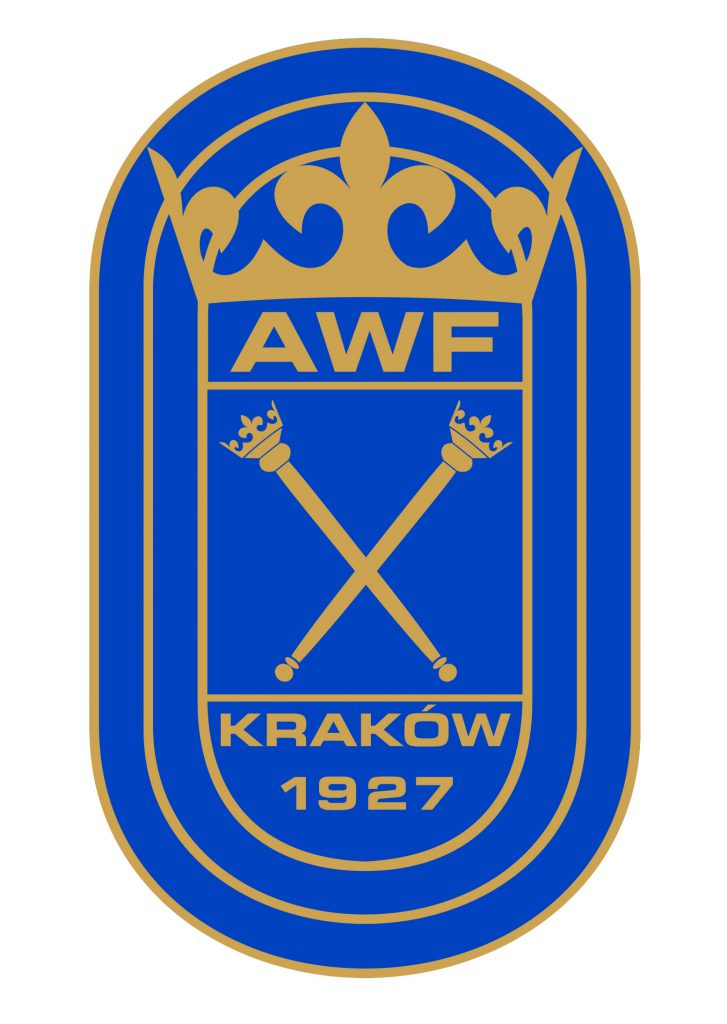Vibrotherapy has a positive effect on body fat, blood parameters and fibrinogen concentration in elderly men
The elderly need an appropriate rehabilitation program and physioprophylaxis so the aging process went off in a satisfactory way. Vibration training uses a vibrational mechanical stimulus which affects metabolic processes and health like other forms of physical activity. The aim of the study was to evaluate the effect of 30 vibration treatments on body fat, morphological and rheological indicators of blood, as well as the concentration of main protein groups (proteinogram) and fibrinogen (cardiovascular disease risk indicator) in the blood of older men. The use of 30 treatments of oscillatory-cycloidal vibrotherapy (Vitberg) had a positive effect on the parameters of body fat and the concentration of fibrinogen in the subjects.
Vibrotherapy (Vitberg) caused significant decreases in body fat parameters and fibrinogen concentration:
- body mass (BM) decreased by 2.7 ± 2.0 kg
- BMI decreased by 0.9 ± 0.7 kg/m2
- body fat mass (BF) decreased by 2.5 ± 2.5 kg
- body fat content (%BF) by 2.0 ± 2.7 %
- fibrinogen (Fib) decreased by 0.3 ± 0.3 g/dm3
- the proteinogram and erythrocyte aggregation did not change
Prepared on the basis of:

Effect of Vibrotherapy on Body Fatness, Blood Parameters and Fibrinogen Concentration in Elderly Men. Kabata-Piżuch, A.; Suder, A.; Jagielski, P.; Kubasiak, K.; Handzlik, P.; Teległów, A.; Marchewka, A. J. Clin. Med. 2021, 10, 3259.
Study population
The study involved 21 men aged 60-70 years (mean age 65.3 ± 2.7) who were randomly assigned to the group with vibrotherapy (GV; n = 10; treatments on mattresses generating oscillatory-cycloidal vibrations; Vitberg) and to the control group (CG; n = 11; no treatments).
Test procedure
In all patients, there was 2 measurements performed (before and after procedures in GV or after a 3-month break in CG): body fat assessment using bioimpedance, hematological analysis of whole blood using a hematological analyzer and erythrocyte aggregation using a laser-optical rotational cell analyzer; the total concentration of plasma protein and fibrinogen was determined by appropriate biuret and spectrophotometric methods.
Use of vibration in the study
Patients of GV were receiving vibrotherapy in the morning, once a day, five times a week. They participated in three treatment cycles. One cycle consisted of 10 vibrotherapy treatments and 10 days of rest. The series of 3 cycles lasted 3 months. One treatment lasted 29 minutes and consisted of 8 “microprograms”. The procedures were performed in the prone position using RAM Vitberg+ the Basic Module (active medical device of class IIa) expanded with the Metabolism Module (active medical device of class I) – currently available as Vitberg RS: RS Basic Unit + Module Stomach RS. The vibrotherapy of entire RAM Vitberg+ system combined the systemic action (whole body vibration) provided by the Basic Module with the local action provided by the Metabolism Module, in which the vibration impulse was directed to the following areas: epigastric, mesogastrium, pubic area, inguinal area, lateral abdominal areas, fascia superficial and the layer between the subcutaneous tissue and the abdominal muscles. The rates of applied vibration varied over time in accordance with the program course. The therapeutic stimulus consisted of cycloidal vibrations generated in three perpendicular directions (3D), causing intermittent pulsations with variable values of frequency, amplitude and acceleration, in the range of 25-52 Hz, 0.1-0.5 mm and 6.9-13.5 m/s2, respectively. All treatments were carried out at the same time of the day (in the morning) by the same physiotherapist, in a room with the same temperature and humidity.
Results
There were no differences between GV and CG with regard to the parameters of body composition and blood counts tested before the start of the study (except for 2 out of 13 hematological parameters).
After 3 cycles of vibrotherapy (after 3 months) in GV there was a significant change (∆) of the following parameters (in accordance to baseline): BM (∆BM: −2.7 ± 2.0 kg; p = 0.002), BMI (∆BMI : −0.9 ± 0.7 kg/m2; p = 0.002), BF (∆BF: -2.5 ± 2.5 kg; p = 0.013) and %BF (∆%BF: -2.0 ± 2.7 %; p = 0.041). There were no changes in the analyzed parameters after three months in the CG. The results of the analysis of variance confirmed the changes over time within the GV, although they did not show any interaction between the GV and CG.
It was shown that after three cycles of vibrotherapy there was a significant decrease in the Fib level (∆Fib: -0.3 ± 0.3 g/dm3; p = 0.005) in GV. There were no significant changes in the Fib level after three months in the CG. The existence of differences in Fib level between the GV and CG was confirmed (f = 5.770, p = 0.027).
Comment
The use of 30 treatments of oscillatory-cycloidal vibrotherapy (Vitberg) had a positive effect on body mass, body fat parameters and fibrinogen concentration in the blood of studied men but no significant changes were observed in the control group with no treatment.
Increased concentration of fibrinogen, which increases blood cell aggregation and plasma viscosity, does promote the formation of resistance in microcirculation increasing the risk of cardiovascular disorders. The factor that can reduce the concentration of fibrinogen, especially in the elderly, is physical activity. People who care for regular physical activity have more efficient fibrinolytic processes and a reduced risk of blood clots compared to inactive people.
The obtained results of the report are particularly important as the level of fibrinogen is an independent cardiovascular risk factor and therapeutic methods that could lower its concentration in the body are constantly under investigation. In this light, the results obtained by Polish scientists presented here are very promising and therefore further research should be conducted, which should test the effectiveness of vibrotherapy on a larger scale and analyze the profitability of this form of cardiovascular diseases prevention as a potentially effective clinical method – cardiological vibrotherapy.
More in:

